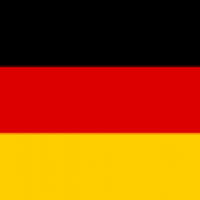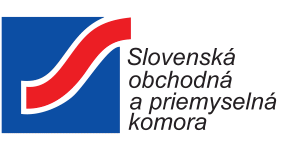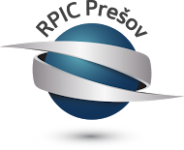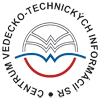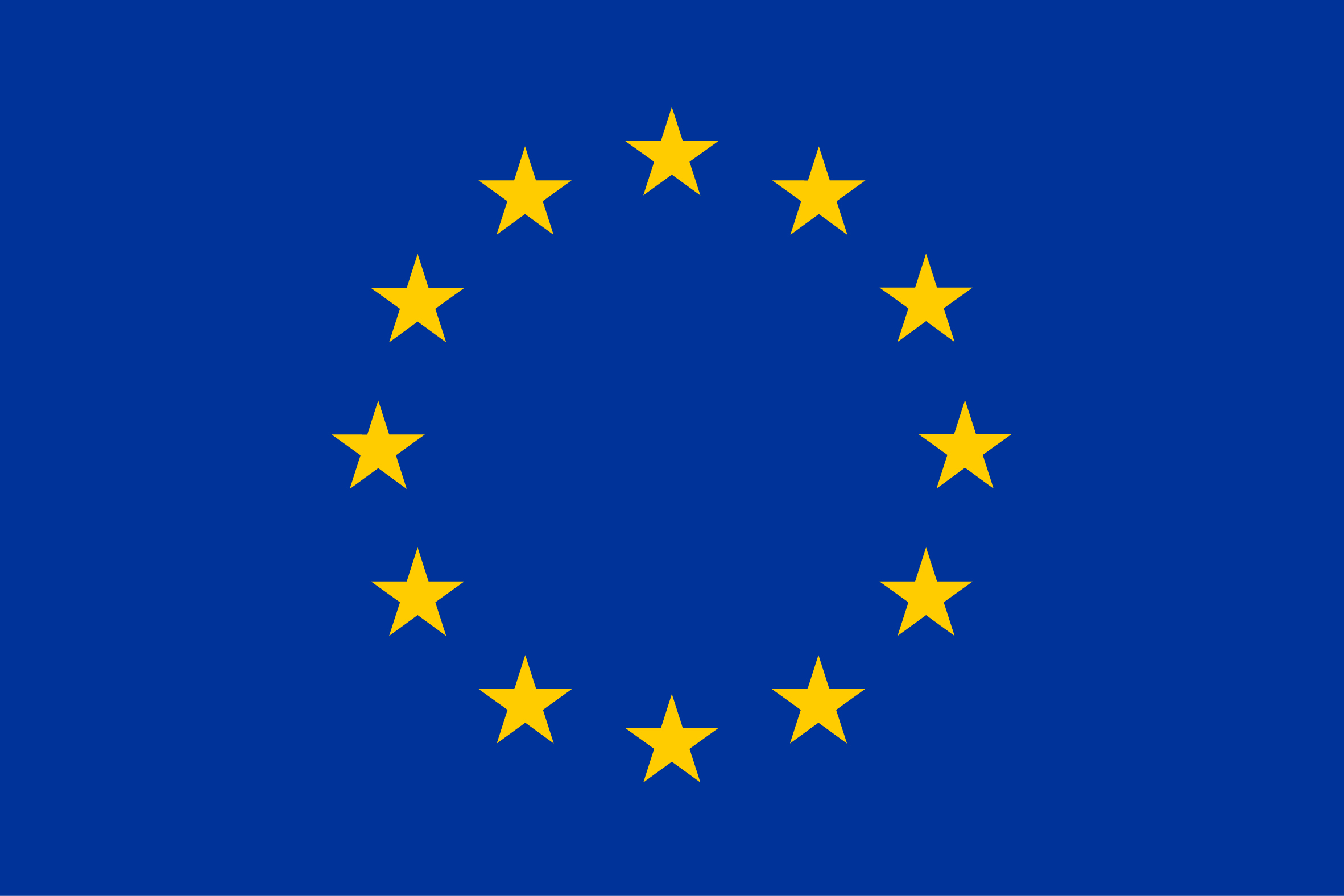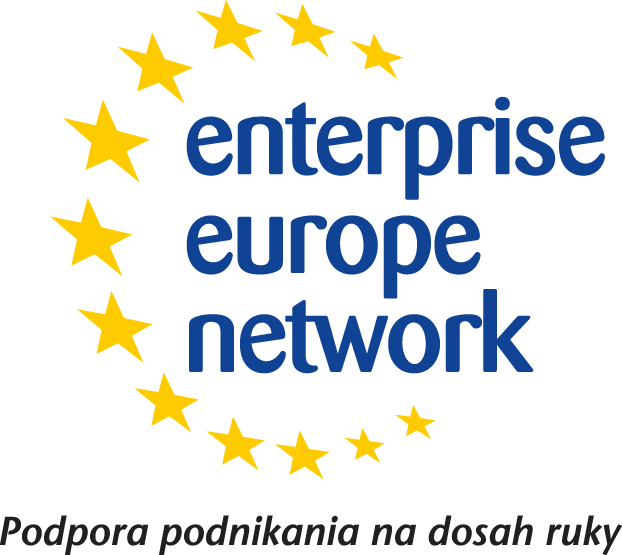Summary:
A German university has improved the therapeutic approach of photodynamic therapy (PDT) used in the treatment of cancer patients. It uses biocompatible formulations in order to address the limitations of current PDT. The university offers a license and if requested a technical cooperation agreement.
Description:
Cancer is one of the main causes of death worldwide. One of the newer therapeutic approaches is photodynamic therapy (PDT), a treatment that uses a photosensitizing chemical substance, a particular type of light and oxygen. Each photosensitizer is activated by light of a specific wavelength and produces reactive oxygen that kills nearby target cells.
One of the limitations of current PDT lies in the challenge of administering highly lipophilic anti-tumor photosensitizers. Though this can partly be overcome by suitable nanoparticle formulations and carrier systems, there remains the difficulty of release of the photosensitizer molecule from the carrier system. The compositions of the current invention by a German university and especially the used polymers address this problem by providing innovative biocompatible formulations which can be cleaved or degraded by light irradiation thereby releasing the photosensitizer molecules at the desired treatment site. The molecules thus released can then additionally be activated by light irradiation for photodynamic treatment. In addition due to their light-absorbing and -emitting properties these compounds may also be employed for diagnostic purposes e.g. by detecting their fluorescence.
Technical Specifications:
The present invention uses newly developed self-immolative polymers for nanoparticle manufacturing. Light-responsive polycarbonates (LrPC) as well as PEGylated LrPC (LrPC-PEG) were synthesized via ring-opening polymerization of trimethylene carbonate-based monomers and fully physico-chemically characterized. Lightresponsive nano formulations were obtained by blending LrPC or LrPC-PEG with the FDA-approved polymer poly(DL-lactide-co-glycolide) (PLGA). The nanoparticles were loaded with the photosensitizer 5,10,15,20-tetrakis(m-hydroxyphenyl)chlorin (mTHPC).
The German university offers a license agreement. Potential partners come from the pharmaceutical or chemical industry. If the company requires support in further development, the university will be happy to assist and offers a technical cooperation agreement to go along with it.
Type (e.g. company, R&D institution…), field of industry and Role of Partner Sought:
The German university offers a license agreement. Potential partners come from the pharmaceutical or chemical industry. If the company requires support in further development, the university will be happy to assist and offers a technical cooperation agreement to go along with it. Joint further development could be necessary, for example, in the context of clinical studies.
Stage of Development:
Under development/lab tested
Comments Regarding Stage of Development:
The light-induced nanoparticle degradation was analyzed as well as the drug release behavior with and without illumination. Furthermore, biological safety of the degradation products was investigated in an in vitro cell culture study. In vivo data are currently investigated.
IPR Status:
Patent(s) applied for but not yet granted
Comments Regarding IPR Status:
An international patent has been filed.
External code:
TODE20210311001
